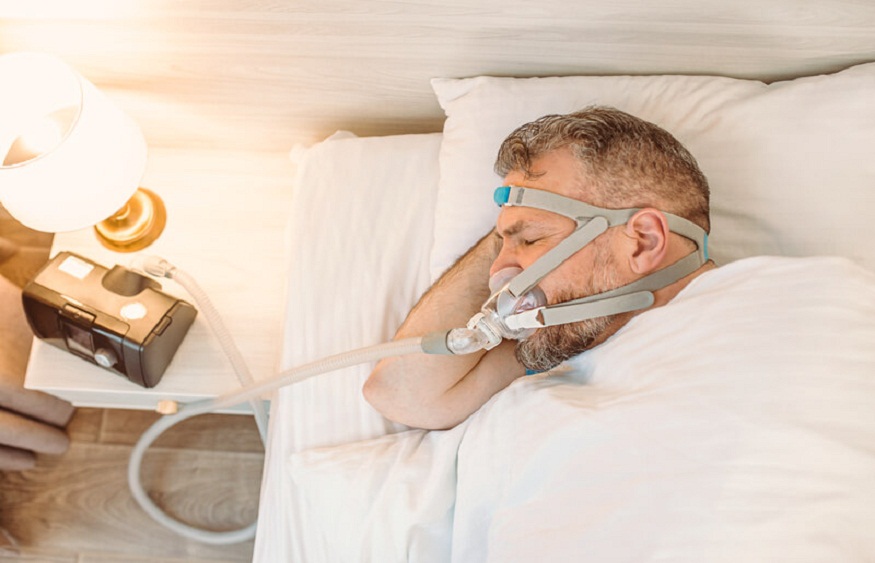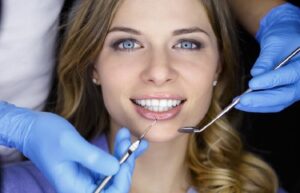While snoozing is seen as something quite common, it can turn into a disorder in no time. Therefore, you need to make sure that you are not letting yourself get affected by it. Sleep apnea can be simply understood as having difficulty in breathing while sleeping which can cause. Lots of disruptions during sleep.
This can result in various health issues such as heart-related problems or you may even develop diabetes. You may also feel sleepy for most of the day. Continuous Positive Air Passage (CPAP) is something that is made use of when trying to treat sleep disorders.
However, there are still a lot of patients who consider them as a means of treatment for this disorder, being quite uncomfortable and inconvenient. Such patients have dental appliances as an alternative option.
Dental appliances are non-invasive devices whose treatment aim is to defocus the jaws and encourage sleep. The devices, also referred to as oral devices, are custom-made for the patient’s mouth. A dentist in Fairfield, CA, can help you get a customized oral device for a sleep disorder.
The Apparatus of the Chains of Sleeping
There are two categories of sleep apnea namely Obstructive Sleep Apnea Syndrome (OSS) and Central Sleep Apnea Syndrome (CSA). When there is excessive muscle relaxation, you may have OSS. On the other hand, CSA occurs due to the absence of signals from the brain to the breathing muscles.
Mechanism of Action of Dental Devices
Dental devices are used to treat obstructive sleep apnea by moving the lower jaw, the tongue, or both. These devices, also known as mandibular repositioning devices, are designed to bring the lower jaw a bit forward to maintain a patent airway.
In the management of sleep apnea, two main categories of dental appliances can be singled out:
1. Mandibular Advancement Devices (MADs):
These are the most used dental appliances for obstructive sleep apnea. MADs are similar to sports mouthguards but function by advancing the mandible. This forward projection of the jaw keeps the airway open; hence, the risk of airway obstruction is minimized.
2. Tongue Retaining Devices (TRDs):
In contrast to MADs that mechanically adjust the position of the jaw, TRDs stabilize the tongue in its passive position to avoid airway obstruction caused by the tongue slipping backward. These devices are less favorable than MADs because they are often more uncomfortable for the patient.
Advantages of Sleep Apnea Dental Devices
Dental appliances provide several benefits compared to other types of treatment for sleep apnea, especially for patients who are unable to tolerate CPAP machines. Some of the most important benefits are:
1. Non-Invasive and Comfortable:
This is because dental appliances are typically custom-made to conform to the mouth of each patient, thereby eliminating the need for less comfortable alternatives like the CPAP mask that many patients find awkward.
2. Portable and Easy to Use:
Dental appliances are typically small and lightweight, unlike CPAP machines, which use power and have to be carried in a cumbersome manner.
3. Suitable for Patients with Mild to Moderate Sleep Apnea:
Studies have confirmed the usefulness of dental appliances to patients who are diagnosed with mild to moderate obstructive sleep apnea. For these patients, there will be no difference between the CPAP treatment and the dental treatment.
4. Enhanced Compliance:
According to the research, it is seen that people stick more to dental appliances as compared to CPAP. Such treatment mode is more acceptable in the long term as patients do not have difficulties in using the dental appliances.
Improve the symptoms of sleep disorder today!
If the patients are finding it difficult to stick to CPAP, dental devices are a very effective way to deal with sleep disorders. Furthermore, there are not many side effects either, and are very conveniently handled by the professionals and the patients as well. The quality of sleep improved a lot too. Make your appointment today, do not delay the treatment.



